7 Therapeutic Houseplants That Will Enhance Your Health And Wellbeing
These super-plants are brimming with therapeutic powers. Add them to your interior and reap the benefits to your physical and mental health.

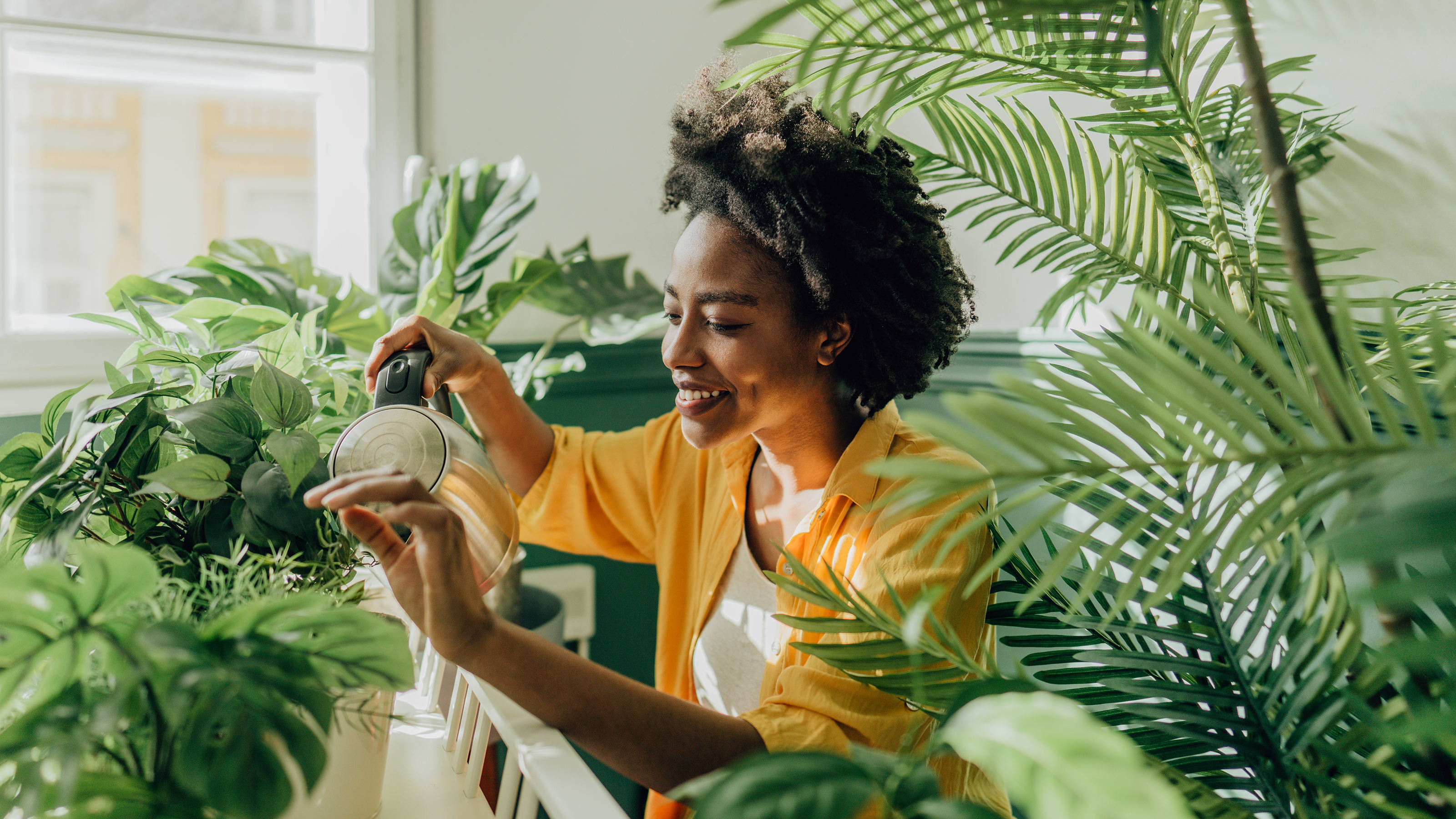
All houseplants have therapeutic qualities – oxygenating the air, enabling us to get closer to nature, and reducing stress.
Yet, some plants go above and beyond, removing harmful chemicals from the atmosphere, boosting mental health, and even offering alternative remedies to common ailments.
You must never use plants to replace regular medications or treat a medical condition without consulting with a doctor.
However, these therapeutic houseplants can be appreciated for their health benefits and enjoyed as attractive additions to a room.
1. Aloe vera
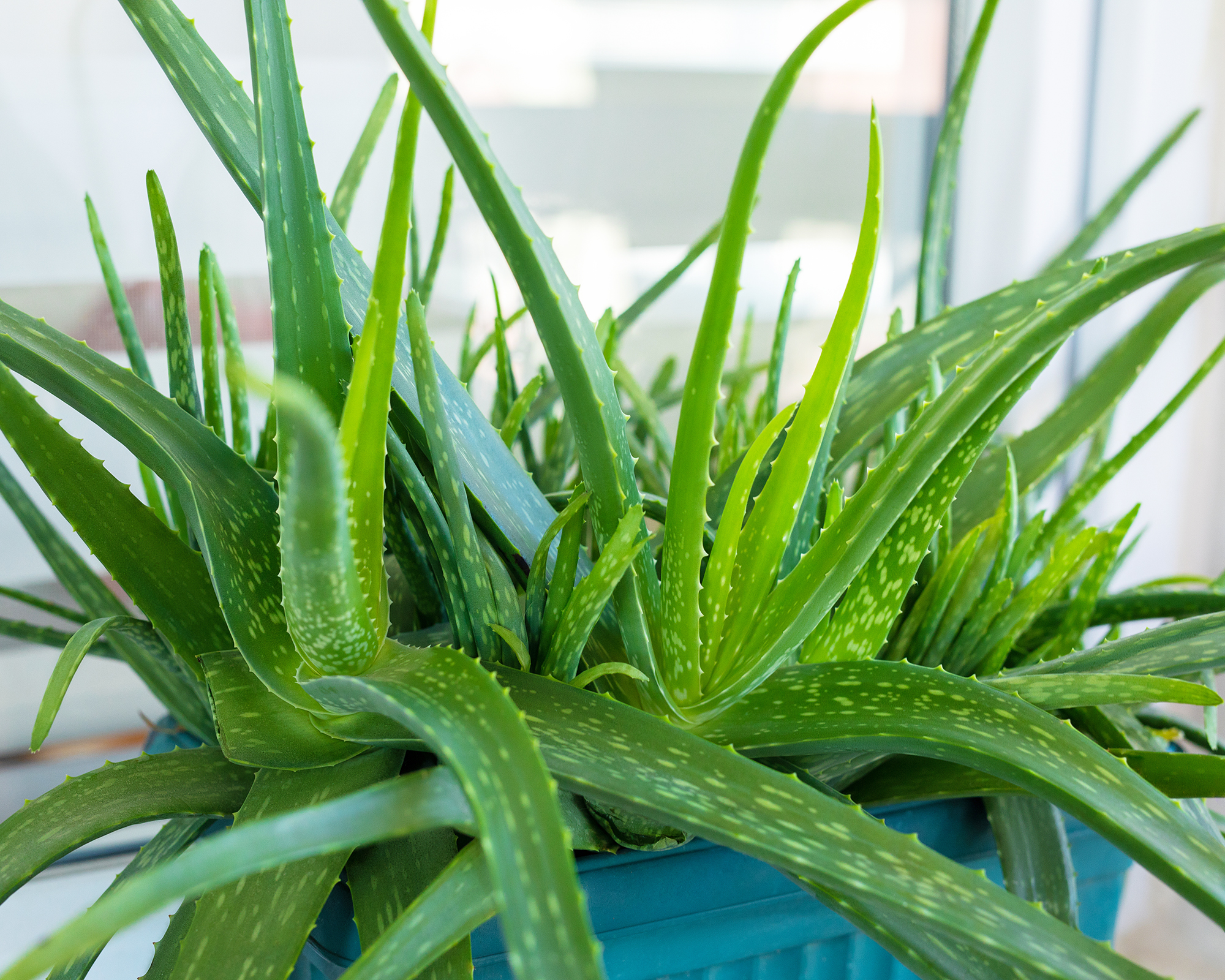
Aloe vera is a widely prized houseplant with myriad benefits – its gel helps to soothe burns and scrapes, has anti aging properties, can be used as a digestive aid, and even helps to lower blood sugar.
To treat a burn or scrape, you can simply cut a leaf and rub the juice onto the affected area. However, to ingest the plant, it’s vital to know how to harvest aloe vera correctly, otherwise it can cause a stomach upset.
Aloe vera plants are easy to take care of. Their main requirement is a sunny position where they will receive at least 6 hours of direct sunlight each day – a southern or western window is best.
Sign up for the Gardening Know How newsletter today and receive a free copy of our e-book "How to Grow Delicious Tomatoes".
Watering should only take place once the soil has dried out, then the soil should be drenched and allowed to drain through.
The plants don’t require fertilizing, and will stay contained to a small pot size if desired.
2. Chamomile
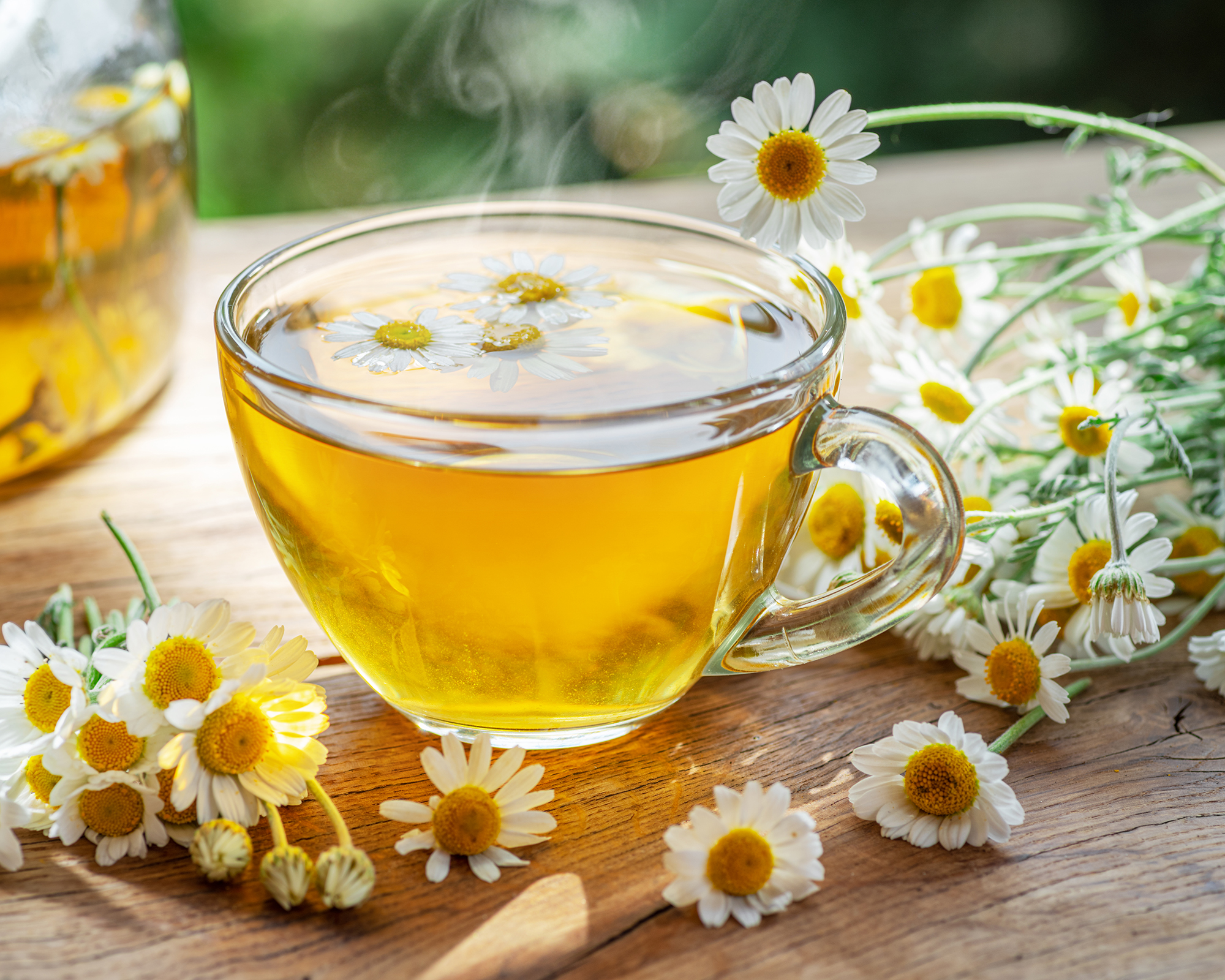
While often thought of as a garden plant, growing chamomile indoors is actually very easy. The plants will stay quite small, but will still bloom with their lovely fragrant flowers.
Chamomile flowers can be eaten in their entirety and have a multitude of health benefits – they have long been used to settle stomachs, ease nerves, and aid sleep.
The most common way of taking the herb is as chamomile tea, but you can also add the flowers to dishes – try eating them with salad. You can also use chamomile to make essential oils and balms.
While keeping chamomile plants indoors will yield a steady fresh supply – even through winter – you can also dry chamomile flowers for later use.
Chamomile plants only require around four hours of light per day, but should ideally be positioned near to a south-facing window. Keep the soil moist, but not overly wet.
3. Bonsai tree
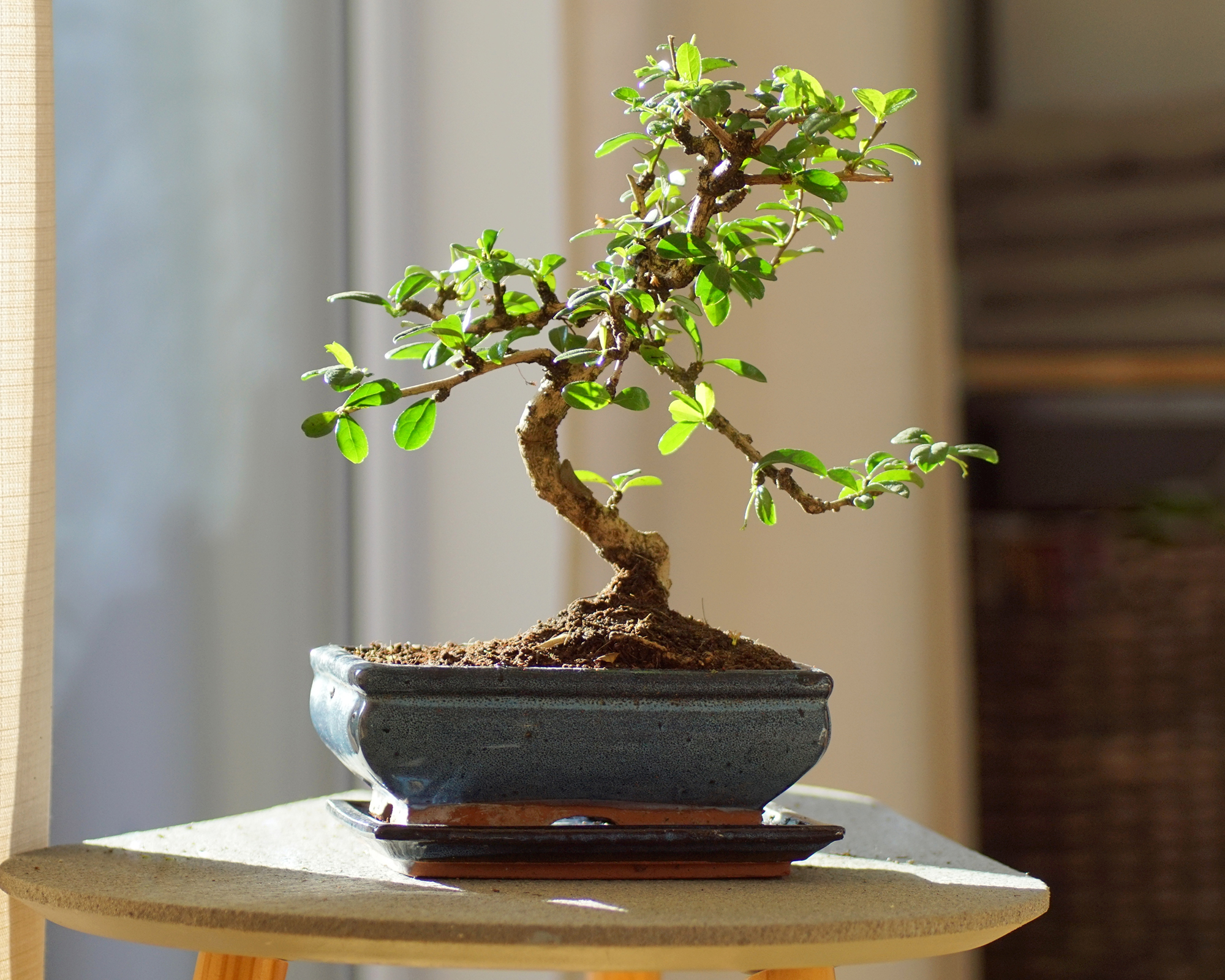
Grow your creativity, improve concentration, and reduce stress by starting a bonsai tree.
It’s no secret that bonsai trees are cared for by people who are looking to nurture their spiritual side. Not only does tending to your tree keep you in touch with nature, but it helps you to develop a new skill, and to take a mindfulness break – all enhancing your sense of wellbeing.
While those who have mastered the art of bonsai are able to grow many species indoors, it is only really tropical and subtropical plants that should be kept inside. Beginners should start with a resilient ficus bonsai, which is tolerant of low humidity.
Position it in a draft-free spot that receives plenty of indirect light. Keep the soil moist in the summer, but slightly reduce watering requirements over winter. Increase humidity with a pebble tray.
You can prune a ficus bonsai tree to your ideal aesthetic, but the general rule is to remove two to three leaves for every six new leaves that grow. Leave a minimum of two or three leaves on each branch.
4. Lavender
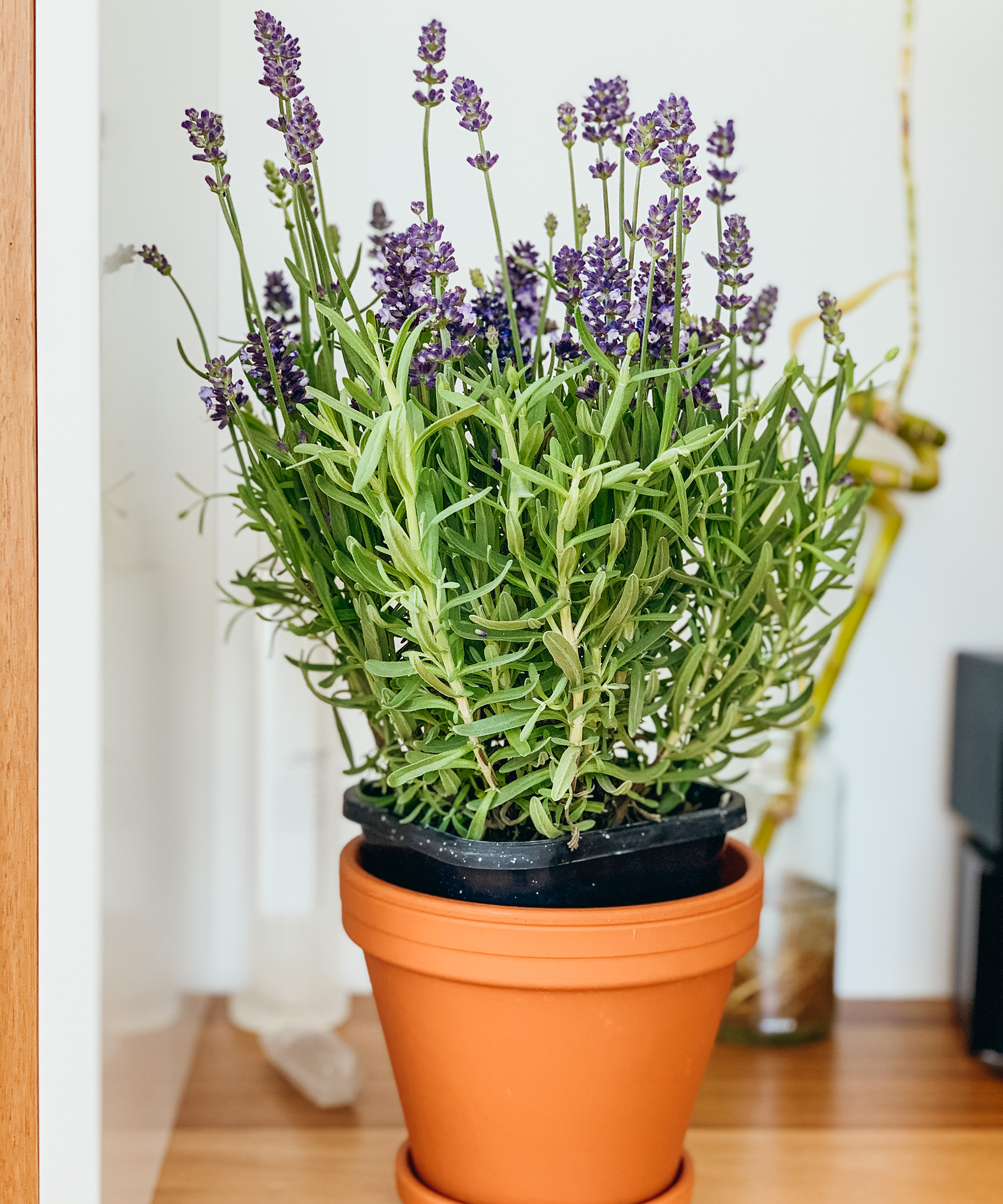
As a Mediterranean plant, lavender grows best in warmer climates, so if you live in a cooler USDA zone, then consider keeping it as a therapeutic houseplant.
Not only does lavender have the most heavenly, mood-boosting fragrance, but it aids insomnia, anxiety, and also has antibacterial properties.
To grow lavender indoors, you will need to choose a dwarf cultivar, such as 'Goodwin Creek Grey', ‘Munstead’, or ‘Little Lottie’, or try French lavender (Lavandula dentata) or fernleaf lavender (Lavandula multifida).
It’s essential that the plant has plenty of drainage, so choose a pot with numerous holes and use a free-draining potting mix. Lavender needs a sunny spot and while it does not require fertilizing, you can add crushed eggshells every now and then to help keep the soil’s pH level more alkaline.
To harvest lavender, cut off the stems while most of the flower buds are still closed. Use the flowers to fragrance your home naturally, for culinary purposes, or to make essential oils or balms.
5. Mint

With its vigorous roots, mint is often grown in containers to prevent it from becoming invasive. This makes it easy to grow mint indoors.
Mint is stimulating to the senses, which helps boost energy and relieve stress. However, it has a calming effect on the digestive system – unless you overdo it! It’s also rich in nutrients, such as iron and manganese.
Mint requires a well-draining potting mix that is kept moist, but not overly wet. Some humidity should be provided through misting or a pebble tray.
Position your plant in a spot that receives indirect light – ideally an east-facing window during spring and summer, or a west or south-facing one in fall and winter. As mint grows towards the light, you should rotate the plant every few days for even growth.
Pruning mint plants should be done to prevent them from flowering and going to seed, as this makes the leaves less fragrant and flavorsome.
6. Peace lily
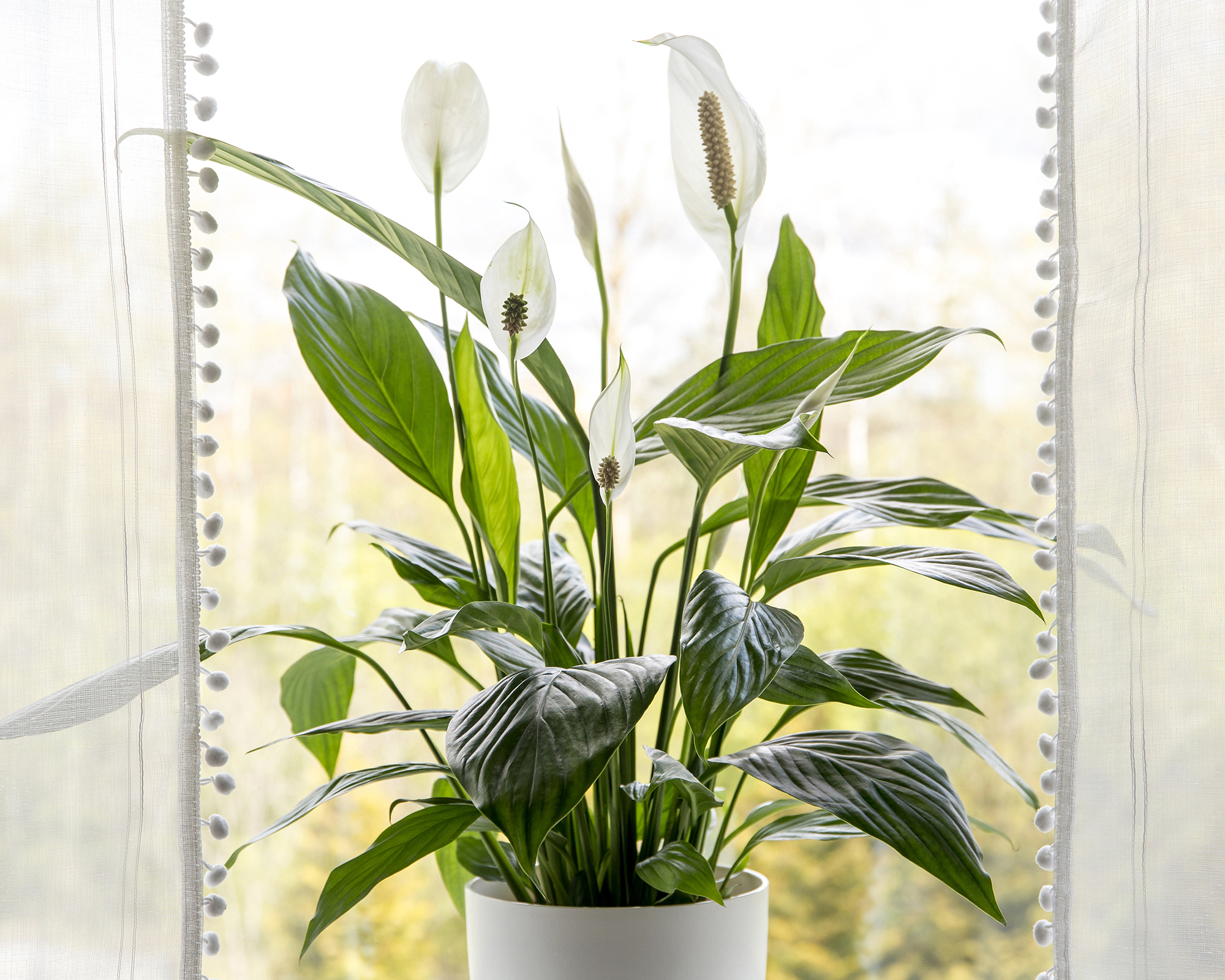
There are several air purifying houseplants that have the ability to cleanse the atmosphere of a room, and the peace lily is one of the best.
A number of years ago Nasa conducted a study on how effective certain houseplants were at removing pollutants from the air. It focused on common air pollutants given off by manmade materials, including Benzene and Trichloroethylene. Both of these chemicals are widely found in everyday materials, but they can be bad for your health if breathed in too much.
Peace lilies were found to be highly effective at removing these chemicals from the air. This can help to cut down on “sick building syndrome” symptoms, such as headaches and respiratory issues.
To add to this, peace lilies are symbolically lucky plants that represent peace and tranquillity. Just having one in a space has a serene, calming effect. Feng Shui practitioners prize the plants for their ability to turn negative vibes into positive energy.
Peace lilies are easy plants to take care of if you follow a few simple rules – firstly, they like to be positioned in bright but indirect light. If you put them in front of a window, the sun will scorch their leaves.
The plants do not like to be overwatered, so wait until the soil has dried out before giving them a good watering and allowing it to drain through. Fertilize every six to eight weeks during the growing season.
7. Jade
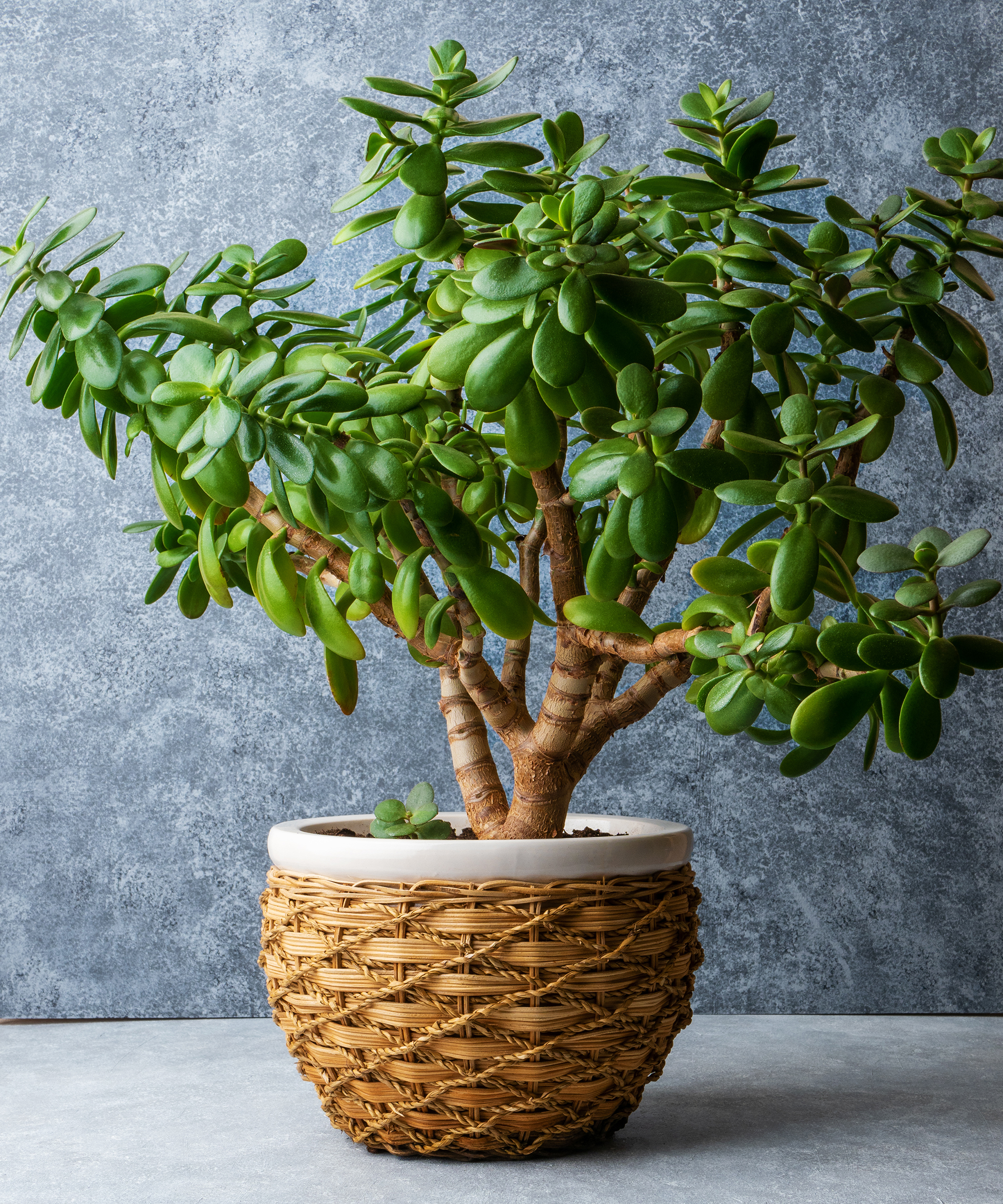
If you treat a jade plant right, it can outlive you – and this longevity is only part of its appeal. The plant is revered in Feng Shui due to its associations with prosperity, success, and good fortune.
It’s also a natural air purifier, and contributes to healthy humidity levels in the home, preventing the air from drying out.
Jade has medicinal properties, too. Some cultures have used the plant to treat wounds, warts, digestive upsets, and even diabetes for centuries. Although its properties have not been widely studied in Western medicine.
As a succulent, jade is easy to look after as long as it has a warm, draft-free spot in full sun. Overwatering is the biggest cause of plant demise, so only water once the soil has begun to dry out.
Fertilize every two months with a flowering houseplant fertilizer from early spring to late fall.

Melanie is an experienced gardener and has worked in homes and gardens media for over 20 years. She previously served as Editor on Period Living magazine, and worked for Homes & Gardens, Gardening Etc, Real Homes, and Homebuilding & Renovating. Melanie has spent the last few years transforming her own garden, which is constantly evolving as a work in progress. She is also a passionate organic home grower, having experimented with almost every type of vegetable at some point. In her home, Melanie tends to an extensive houseplant collection and is particularly fond of orchids.